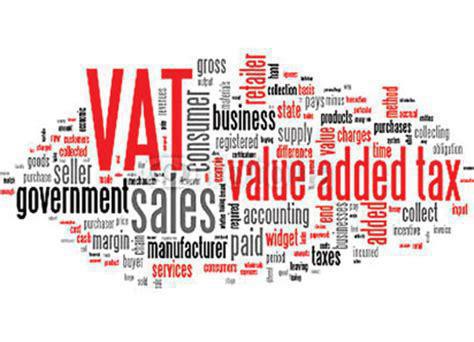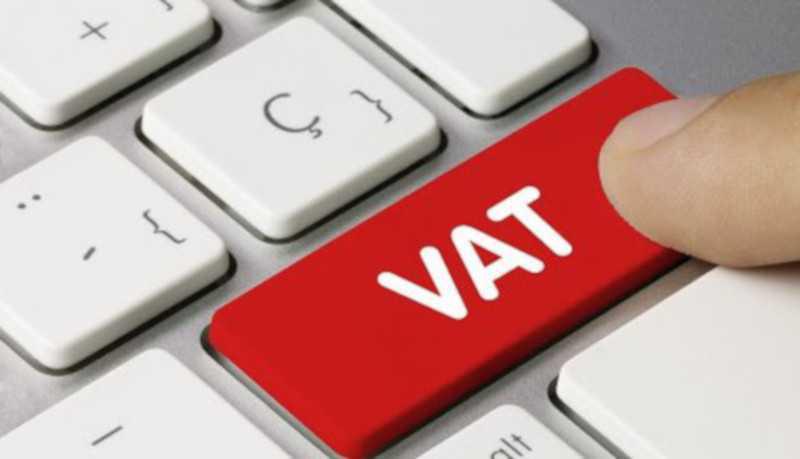While there were a number of changes announced in the recent budget speech, none were as significant as the increase in the standard rate of VAT from 14 to 15%. While largely anticipated, the practical implications need to be reviewed in order to ensure compliance from a vendor perspective, and to gain a better understanding from a consumer perspective. Accordingly, this newsletter is dedicated to some of the more pertinent issues arising from the increase.
SALES AND BILLING SYSTEMS
Vendors must ensure that sales and billing systems are updated to include VAT at 15% from 1 April 2018. Vendors should test the systems for errors, and check that transactions are processed and reflected at the correct VAT rate, in order to avoid disputes with customers. Remember that prices are deemed to include VAT at 15%, so a vendor may incur penalties and interest where the output tax is under declared as a result of the incorrect VAT rate used.
RECEIPT OF QUOTES, TAX INVOICES, CASH REGISTER SLIPS, DEBIT OR CREDIT NOTES
Check that any quote received on or after 1 April 2018 correctly reflects the new VAT rate of 15%, and that the total price (including VAT) is correctly calculated before accepting the quote. Remember that an input tax claim must be supported by documentary evidence, so you should check that the amounts on cash register slips and tax invoices received on or after 1 April 2018 have been correctly calculated based on the VAT rate of 15% (subject to certain exceptions) before claiming the VAT on your VAT201 return.
In cases where tax invoices issued on or after the rate change show VAT charged at 14%, you can only claim input tax at that rate. You therefore need to contact the supplier if an incorrect VAT rate is reflected on a document, or the amount is incorrectly calculated
VAT201 RETURNS
Vendors under Category B (March/April), Category E (annual return) and
most farmers registered under Category D VAT reporting periods, will have transactions subject to the VAT rate of 14% and 15% which must be correctly reflected on the VAT201 return.
The VAT201 return will be updated to reflect the new VAT rate of 15% in time
for VAT reporting periods ending in or after April 2018. Furthermore, the VAT 201 return and related systems will be updated to process the relevant calculations at the new rate of 15%. More details in this regard will be communicated in due course.
RATE SPECIFIC RULES
Supplies starting before and ending on or after 1 April 2018 – Where goods are delivered or services are performed during a period commencing before 1 April 2018 and ending on or after 1 April 2018, the VAT-exclusive price of the supply must be apportioned on a fair and reasonable basis and allocated to the respective periods. The VAT rate is then applied accordingly. That is, the rate of 14% is applied to the value of supplies before 1 April 2018 and the rate of 15% is applied to the value of supplies from 1 April 2018 onwards.
This rate specific rule applies to –
- goods supplied under rental agreements;
- goods supplied progressively or periodically;
- goods or services supplied in construction activities; and
- services rendered over the period concerned,
- but does not apply to supplies of fixed property (including residential fixed property).
Goods delivered or services actually performed on or after 1 April 2018 in respect of contracts
concluded between 21 February 2018 and 31 March 2018 – Rate specific rules also apply where the time of supply occurs between 21 February and 31 March 2018 (that is, on or after the date of the announcement of the increased VAT rate, but before the effective date of the increased rate). Under this rule, when goods are delivered on or after 23 April 2018, or services are performed on or after 1 April 2018, but the time of supply is triggered between 21 February and 31 March 2018 as a result of any invoicing or payment in relation to the supply, then VAT at the rate of 15% applies. However, if the goods are delivered before 23 April 2018 (that is, within 21 days after 1 April 2018), or the services are rendered before 1 April 2018, then the supplies concerned will be subject to VAT at 14%.
These rate specific rules do not apply –where it is an established business practice for payments to be made, or invoices to be issued before the supplies are made;
- in respect of the sale of residential property, certain real rights in residential property and shares in residential share block companies;
- to the construction of a new dwelling by a construction enterprise.
Supply of residential fixed property
Even if the time of supply is triggered after 1 April 2018 due to payment or registration of the property in the purchaser’s name in a Deeds Registry taking place, the supply of residential fixed property could be subject to VAT at 14%.
This rate specific rule only applies if –
- the contract for the supply was concluded before 1 April
- 2018; and
- both the payment of the purchase price and the registration of the property will occur on or after 1 April 2018; and
- the VAT-inclusive purchase price was determined and stated as such in the agreement.
For purposes of this rule, “residential property” includes a dwelling and certain real rights and shares in share block companies relating to a right of occupation of, or interest in, a dwelling. The construction of a new dwelling by a construction enterprise is also included.
As can be seen, the administrative burden in ensuring compliance is daunting . We strongly advise that you seek professional advice when reviewing the implications for your business.Please don’t hesitate to contact us for professional advice in this regard.



